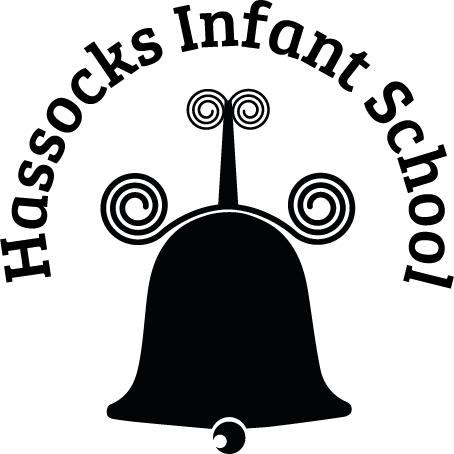EYFS & National Curriculum objectives
Early Years Foundation Stage (Reception Year)
Being Imaginative and Expressive
Early Learning Goals: Sing a range of well known nursery rhymes and songs
Performing songs, rhymes, poems and stories with others, and when appropriate, try to move in time with music.
Invent, adapt and recount narratives and stories with peers and their teacher
Cross Curricular:
Communication and Language
Early Learning Goals: Listen attentively and respond to what they hear.
Making comments about what they have heard and ask questions to clarify their understanding.
Make use of recently introduced vocabulary from stories, rhymes and poems.
Building Relationships:
Early Learning Goal: work and play cooperatively and take turns with others. (Using instruments and alike).
Gross and Fine Motor skills will also be supported through the use of instruments both inside and out!
National Curriculum Programme of Study (Years 1 & 2)
Music is a universal language that embodies one of the highest forms of creativity. A high quality music education should engage and inspire pupils to develop a love of music and their talent as musicians, and so increase their self-confidence, creativity and sense of achievement. As pupils progress, they should develop a critical engagement with music, allowing them to compose, and to listen with discrimination to the best in the musical canon.
National Curriculum Aims:
The national curriculum for music aims to ensure that all pupils: perform, listen to, review and evaluate music across a range of historical periods, genres, styles and traditions, including the works of great composers and musicians, learn to sing and to use their voices, to create and compose music on their own and with others, have the opportunity to learn a musical instrument, use technology appropriately and have the opportunity to progress to the next level of musical excellence understand and explore how music is created, produced and communicated, including through the inter-related dimensions: pitch, duration, dynamics, tempo, timbre, texture, structure and appropriate musical notations.
